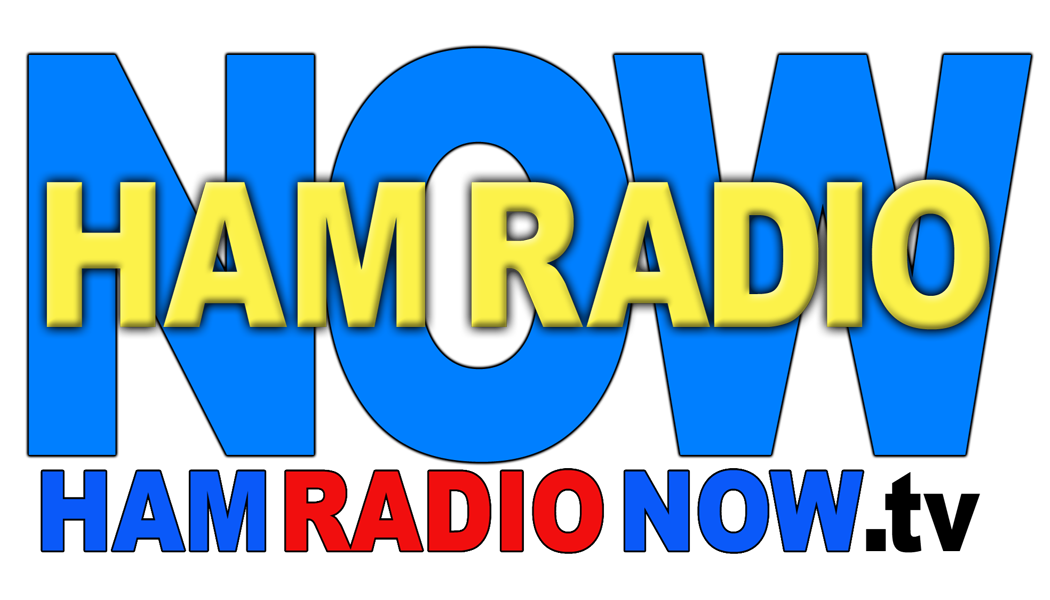The Last BIG... Documentary
/I just posted Digital Voice for Amateur Radio, the documentary I produced in 2008, as Episode 381 on HamRadioNow. It's one of three extensive, very traditionally produced Amateur Radio documentaries that I created under the ARVN banner and released on DVD between 2005 and 2011, before starting HamRadioNow in 2012. (The other two are The Last BIG Field Day and ARDF [Fox Hunting], and both are already on YouTube as HamRadioNow episodes.)
By 'traditionally produced', I mean that I traveled extensively (Alabama, Dallas, Chicago, St. Louis, Washington DC), recorded interviews and 'B-Roll', and spent weeks editing the programs. I appear only briefly to introduce and wrap the segments, and I recorded the narration. Everything else is from 'the field', and there are long segments that have no narration at all.
All three programs get good reviews from hams who have seen them, and even some non-hams who were forced to watch. And they draw the question: Why don't you make more?
The answer is 'eyeballs' and money.
The DVDs didn't sell well enough. My initial duplication run was 300 copies of each show. After several years, I eventually sold all the Digital Voice and Last BIG Field Day DVDs, but it was a trickle at the end — three or four a year. I still have a pile of ARDF DVDs on a shelf. Even online for free, Field Day has about 3000 views, and I'll call that pathetic for a program of that quality and evergreen, general interest. Everybody does Field Day. ARDF is closing 10,000 views, a number I consider 'just barely enough' to be worthwhile. A kid unboxing a BaoFeng can get 10,000 views.
Next question: Why is the audience so small? These aren't the long, talking-head shows of HamRadioNow. They're relatively fast-paced, edited programs that run under 45 minutes (club meeting program length).
My best answer is discovery, or lack of it. The programs got blurbs in QST and CQ, pitches on QRZ.com, and I did some online advertising. No full-page ads, obviously. But either hams didn't learn about them, or if they did, they weren't motivated to buy them, even for their radio club meetings. Once they went online for free the 'buy' hurdle was gone, so more hams did see them, but not in the numbers I hoped to get. ARDF and Field Day have been online for a few years now. Isn't that long enough for 'discovery'? Apparently not, or maybe they're not as good as some of you and I think they are. One other thought is that online, these shows are buried in other HamRadioNow content. They don't stand out.
There are a few other documentary producers out there. How are they doing?
TX Factor does all their programs in magazine format, which means they're also shot in the field and highly edited. Their shows typically have three segments, so three mini-docs in each program. Their YouTube numbers average around 10,000 to 15,000. They're really good, well-produced programs, fairly rare (only a few a year), and they don't 'compete with themselves'.
James Brooks 9V1YC produced the WRTC 2014 Documentary, a real documentary of that event. It got rave reviews, and just under 20,000 views. James George N3BB wrote a book about it, Contact Sport. I interviewed him at Dayton in 2016. We've talked some since, and he told me that book sales were 'OK', but failed to break out of the ham market.
The major DXpeditions usually produce a documentary of their operation as part of fundraising and promotion. Initially those are DVD-only, but some are now online (go to YouTube and search 'Amateur Radio DXpedition'). I can't get detailed about the DVD sales I know about (I edited and narrated the K1N Navassa Island DXpedition DVD), but I can say that they don't knock anything out of the ballpark. They do somewhat better than the DVDs I've sold. The YouTube versions range from a few thousand to the 10-20,000 view count. I'm seeing a trend here.
As I mentioned in the previous QLOG post, CQ editor Rich Moseson W2VU discouraged me from getting into the Ham Radio video business, based on his experience with the video series that CQ produced (on VHS) in the early 90's. He hasn't revealed sales numbers, but he's told me it wasn't great, and of course they never made a second series, even though the cost of production has come way down. I saw them out of stock at first, but now they're listed in the CQ STORE. Things move around there, so you may have to hunt after following the link.
My conclusion is that Ham Radio isn't a big enough video market... for me, and apparently anyone who wants to make it more than a 'pays expenses' hobby-business (or pure hobby). I cut back the effort of making most HamRadioNow shows to a few hours of recording and minimal editing (talking-head shows), and that cut the audience down to between one and three thousand for most shows. That's actually pretty good for most 'vanity' podcasts, but not good enough to keep me in the game.
You probably will see the occasional, well produced Ham Radio documentary in the future. We're getting a few more talented podcasters doing video, and some of them may try to tackle a doc. The ARRL might even try, though not with the retrenching they're doing now. But it's clearly (to me) not something the ham market is very interested in. So do it, if you've got the itch, but set reasonable expectations. And if you really want a big audience, unbox a BaoFeng.




